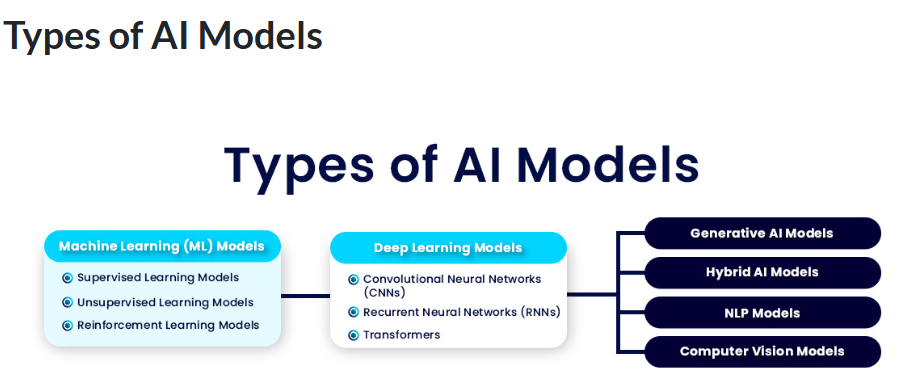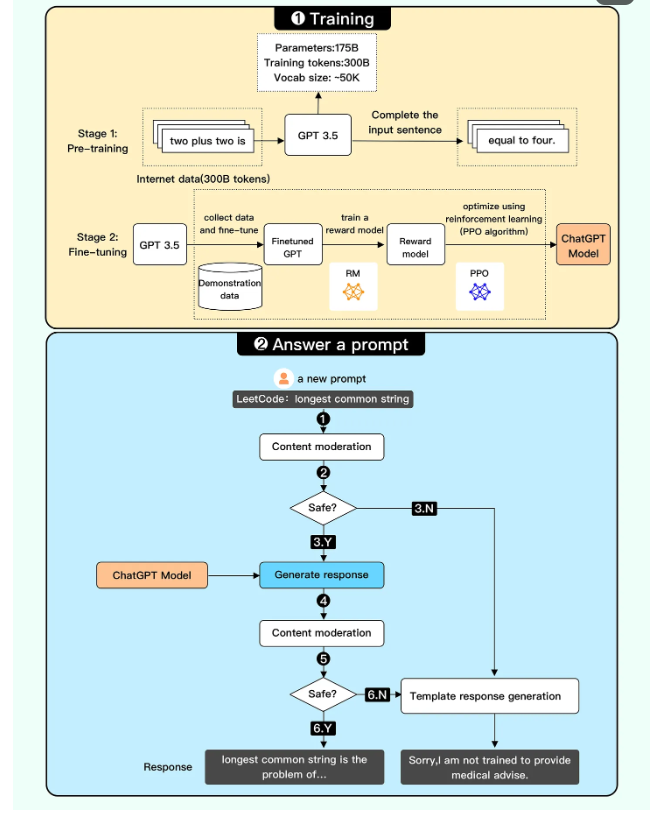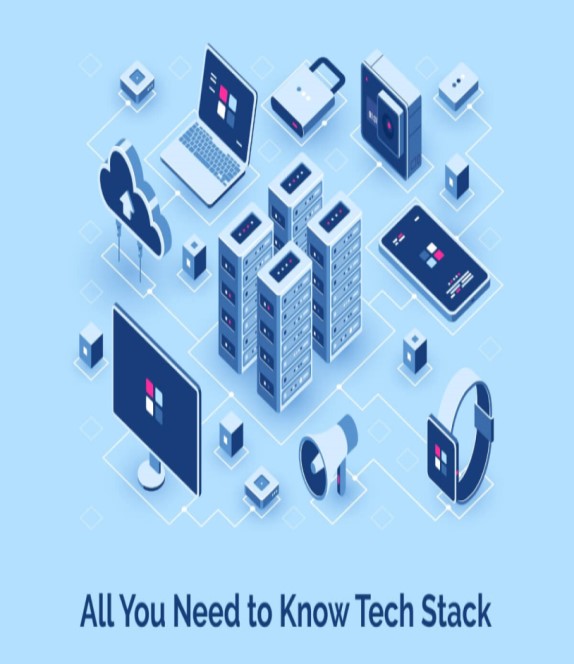
A Deep dive into AI Tool and how AI tools work behind.
AI Tools:A deep dive into the AI Tools and how AI tools work behind.
What is AI?
AI refers to the ability of machines to perform tasks that typically require human intelligence, such as learning, problem-solving, and decision-making. An elementor way of building AI Stand for artificial intelligence. It’s a field of computer science that focus on creating machine capable of performing task that typically require human intelligence,
such as learning, problem-solving, and decision-making. In essence, AI aims to develop intelligent systems that can mimic human cognitive abilities.
AI systems learn from data to make decisions, recognize patterns, and generate outputs.
What AI can do?
AI systems can perform a wide range of tasks, from recognizing images and understanding language to making predictions and automating complex processes.
Different architecture of building an AI model
1. Machine Learning (ML) Architecture:
- Machines learn from data and patterns instead of being explicitly programmed.
- Machine Learning Algorithm flow:
- Input Layer: Raw data (e.g., age, income, image pixels).
- Feature Engineering:Selecting or transforming features manually..
- Algorithm: Decision Tree, SVM, Logistic Regression, etc.
- Model Training Using data to learn patterns.
- Evaluation Accuracy, precision, recall
- Prediction: Applying the model to new data.
- Example: Predicting whether an email is spam.
2.Deep Learning:
- A subset of ML using neural networks (inspired by the human brain).
- It’s behind image recognition, voice assistants, and self-driving cars.
1.Artificial Neural Network (ANN):This is the simplest form of a neural network, inspired by the brain.
Input Layer, Hidden Layer, Output Layer
2.Convolution Neural Network:Specialized architecture for image and video processing.
Convolution Layer, Pooling Layer, Fully Connected Layer.
3.Recurrent Neural Network (RNN):Ideal for sequential data like time series and natural language.
3.Long Short-Term Memory (LSTM):
- An improved version of RNNs that remembers long-term dependencies.
4.Transformer Architecture:
- This is the most advanced architecture used in modern AI like ChatGPT and BERT (Bidirectional Encoder Representations from Transformers)
5.Natural Language Processing (NLP):
- Understanding and generating human language.
- Example: Chatbots, translation tools, sentiment analysis.
6. Generative Adversarial Networks (GANs):
- Two neural networks (Generator and Discriminator) compete to create realistic outputs.
7.Reinforcement Learning Architecture:
- Agent learns by trial and error using rewards and penalties.
- Integration of AI with physical machines.
- Used in Game playing (e.g., AlphaGo) ,Robotics, Traffic signal control

Architecture used to build ChatGPT with diagram and flowcharts
ChatGPT is built on GPT (Generative Pre-trained Transformer) architecture developed by OpenAI. It's part of the Transformer family of models, designed to generate human-like text using deep learning.
ChatGPT based on:
1.Transformer Architecture
2.Large Language Model
ChatGPT Dataflow
1.Tokenizer: Breaks input like "Hello, how are you?" into tokens.
2.Embedding Layer: Converts each token into a vector (e.g., 768 dimensions). Captures meaning and context.
3.Positional Encoding:The transformers don’t have a built-in sense of order, this adds info like: “This is the 1st word”, “This is the 2nd”, etc.
4.Self-Attention Mechanism:Allows the model to look at other words in the input to understand context.
For example, in the sentence “The cat sat on the mat, and it licked itself.” o The model needs to know that “it” refers to “the cat”
5.Feedforward Neural NetworkApplies transformations to the attention outputs to learn deeper patterns
6.Decoder-Only TransformerUnlike the original transformer (which had both encoder and decoder), GPT uses only the decoder part.
It predicts the next word given previous words (autoregressive).
How ChatGPT Works?
It works in 3 main stages.
1.Pre-training:
ChatGPT reads large amounts of text from the internet and learns how language works—like grammar, facts, sentence structures, and meaning.
2.Fine-Tuning:
After learning general language, it's refined on specific datasets and instruction-following tasks (e.g., giving helpful answers).
3.RLHF (Reinforcement Learning with Human Feedback):
Human reviewers guide the model to become safer and more aligned with user needs by ranking and correcting its responses.
ChatGPT Workflow

Conclusion
AI-powered tools can assist developers by automatically generating code snippets or entire functions, which significantly reduce development time. This automation allows developers to focus on higher-level tasks such as problem-solving and architectural design rather than code generation, bug detection and testing.AI tools may seem like magic, but they rely on complex algorithms, vast datasets, and continuous learning. Understanding how they work helps us use them more effectively and responsibly.






